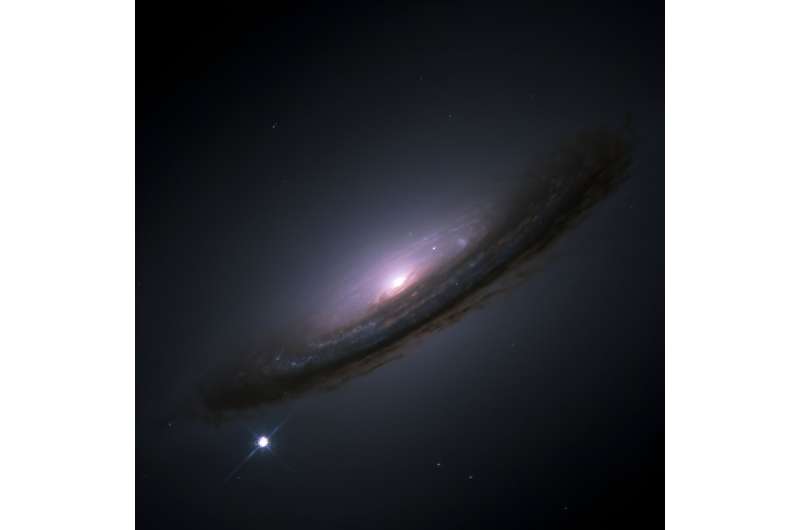This article has been reviewed according to Science X's editorial process and policies. Editors have highlighted the following attributes while ensuring the content's credibility:
fact-checked
preprint
trusted source
proofread
Searching for the supernova neutrino background to the universe

It's a sobering statement that stars like the sun, more accurately all stars will die eventually—yes, even the sun. Don't panic, though, we still have a good few billion years to go so you will get to the end of this article. The more massive stars die as the dramatic supernovae explosions and when they do, they send a burst of neutrinos across the universe. Astronomers now think it's likely there is a background of neutrinos across the cosmos and that one day, we will be able to map the historical distribution of supernova explosions, may be even by 2035.
The death of stars can be likened to bubble wrap; some disappointingly just go "pffft"—like lower-mass stars such as our sun—while others give a crisp, satisfying pop—like the stars that are upwards of eight times the mass of the sun. When these massive stars pop, it's actually a fascinating process in itself. The forces inside a star are in balance for the majority of a star's life with the inward pulling force of gravity balanced by the outward pushing thermonuclear force—the result of nuclear fusion in the core of the star.
Massive stars pop because they usually reach a stage at the end of their life with a core rich in iron and fusing iron doesn't produce energy it absorbs it. With an iron core, the thermonuclear force ceases and the core collapses leading to a massive supernova explosion. Now, any time atoms break apart or fuse, they emit neutrinos; even lowly fruit like bananas produce them from the natural radioactivity in the potassium.
The same is true for supernova explosions. When they occur, bursts or neutrinos are scattered across the universe, in the order of 1058. Across the history of the universe, neutrinos have become scattered all over space so are now one of the most abundant particles that have mass in the entire universe. They are so abundant that a trillion neutrino particles pass through our bodies every second.
It's difficult to know how many stars have gone supernova since the Big Bang 13.8 billion years ago, but it's just possible that studying the background "buzz" of neutrinos, the so-called diffuse supernova neutrino background (DSNB), could reveal the answer. The DSNB hasn't been discovered yet, but if we can detect it, we may be able to determine the historical core collapse rate since the beginning of time.
This intriguing concept is being explored with a number of existing and upcoming instruments in particular the Jiangmen Underground Neutrino Observatory (JUNO), which will start collecting data in 2023, and the neutrino detector Super Kwmiokande in Japan, which has been collecting data over the last eight years. These and other instruments are probing the DSNB and refining the models.
The team (Nick Ekanger, Shunsaku Horiuchi, Hiroki Nagakura and Samantha Reitz) used the data available from these and other instruments to refine estimates of the DSNB and deduce that it should be detectable and concluded it is possible in their paper posted to the arXiv preprint server. While it hasn't been detected yet, it is an exciting prospect that within the next decade, we may be able to deduce from the observations the rate of supernova explosions as the universe has evolved.
More information: Nick Ekanger et al, Diffuse supernova neutrino background with up-to-date star formation rate measurements and long-term multi-dimensional supernova simulations, arXiv (2023). DOI: 10.48550/arxiv.2310.15254
Journal information: arXiv
Provided by Universe Today





















